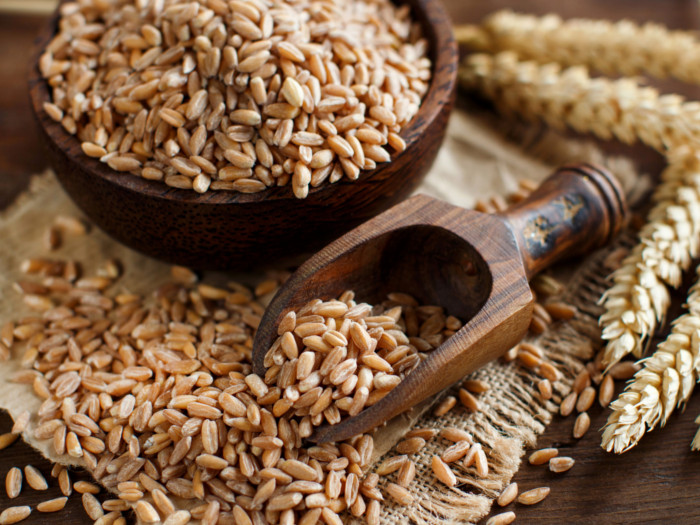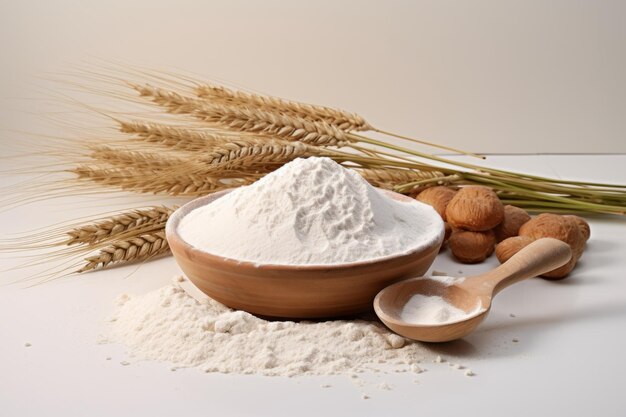Description
What Is Spelt Flour?
Spelt is a species of wheat that was cultivated thousands of years ago. It serves as an excellent wheat flour alternative because it tends to be easier on the digestive system because it’s more water-soluble.
The earliest archaeological evidence of spelt is from the fifth millennium B.C. in Transcaucasia, northeast of the Black Sea — although the most abundant and well-documented archaeological evidence of spelt is in Europe.
In the 20th century, spelt was replaced by wheat bread in almost all areas where it was still grown; however, the U.S.’s organic farming movement revived its popularity toward the end of the century, as spelt requires fewer fertilizers than wheat.
The many health benefits of spelt flour are responsible for its current comeback. Spelt aids blood circulation, boosts the immune system, builds strong bones and aids digestion.
People with varying health conditions can benefit from spelt flour, particularly those with weak and brittle bones, high blood pressure, elevated blood sugar levels, and hypertension.
Nutrition Facts
Spelt flour has a nutty and slightly sweet flavor, similar to that of whole wheat flour. According to a study published in the Journal of Agricultural and Food Chemistry, when compared to wheat flour, spelt flour nutrition has higher contents of copper, iron, zinc, magnesium and phosphorus.



Reviews
There are no reviews yet.